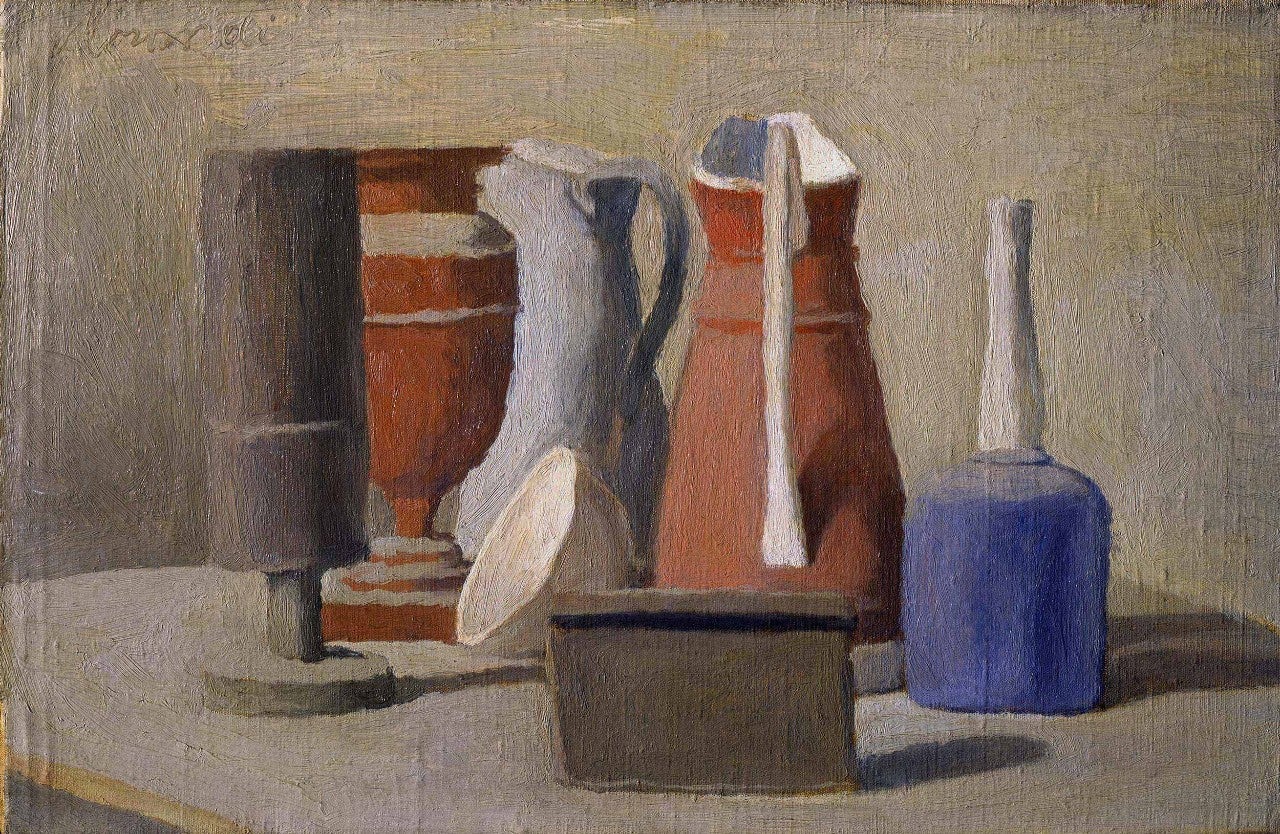Digital artist and professor Claudia Hart is a veteran of new media arts and a pioneer in experimental 3D application. Her broader body of work subversively uses gaming software to interrogate the masculine lens embedded in technology development. Divergently, in 2020, Hart began producing what has been described as “fake forgeries,” which debuted in her virtual solo exhibition “The Ruins.”
In her latest series, “Digital Combines,” Hart forges copyright-protected modernist paintings and mints them as NFTs, or non-fungible tokens. The act of creating replicas of paintings by titans of modernism –-— Giorgio Morandi, Henri Matisse and Pablo Picasso — without violating copyright guidelines reveals the potential fungibility of NFTs and a general misconception about the “unique” nature of non-fungibility.
Hart masterfully uses canonical influences like classical memento mori and Rauschenberg’s “Combines” to historicize the practice of integrating two art mediums, especially on the cusp of a paradigm shift, to form a single unique creation. Coincidentally, she inserts her own practice of merging artwork to form a “combine” into that tradition.
Her “Digital Combine” is a merging of a physical painting with a JPEG by way of the image file’s metadata. “Each unique work is generated from a JPEG, created with a computer-driven airbrush machine using archival pigments on rare hardwood panels,” Hart says.
“Meticulously composed by hand using custom software and reinterpreted with a painter’s attention to color, light and surface, we understand these works as dreamlike and disembodied, intermingling the physical world with an imaginary VR game space.” Hart writes that her digital combines “are an assessment of our current moment, asserting a new version of authenticity: painting for the age of the computer.”
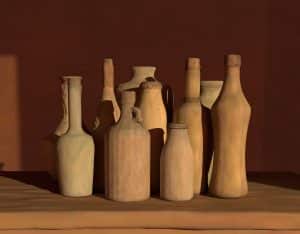
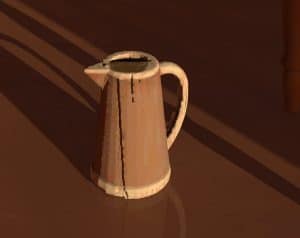
Morandi Passes Through Me v.1.1.1, a work included in the “Digital Combines” project, is an image set in a bare, dimly lit room. In the foreground, a set of vases tightly clustered together sit on the face of a pale-colored dining table. The CGI veneer of the vases appear airbrushed or cropped into the composition. Similarly, the backdrop containing both natural and synthetic shades of brown shows the process of producing the work itself. This kind of visible mark-making, although generated by a computer, gives the image a materiality akin to a physical painting, blurring the separation between a physical and digital work. The distinct rendering of the vases also dupes advanced AI, like that of Google, into mistaking Morandi Passes Through Me for one of Giorgio Morandi’s still lifes, equally obscuring the line between an original work and its copy.
To the right of the picture frame, a stark light shines brightly onto the clustered vases, pitcher and table. The projection forms deep shadows around the objects and behind the dining table, giving them an almost kinetic quality. Traditionally, Morandi focused on the spatial relationship between still everyday objects in his paintings and paid close attention to light and darkness in relation to those objects. Light contrast, color and digital mark-making demonstrate the work’s likeness to an original Morandi painting, even outwitting sophisticated AI.
For Morandi Passes Through Me v.1.1.1, Hart fuses together two distinct paintings by Giorgio Morandi: one titled Natura Morta (Still Life) (1943) and the other Natura Morta (Still Life) (1941) to create a single image. The paintings, in addition to being copyright protected, have been included in the 2008 Morandi retrospective at New York’s Metropolitan Museum of Art and in the artist’s extensive catalogue raisonné. Even while using a hybrid image, Hart successfully forges two well-known paintings, underscoring the limits of copyright infringement and questioning the romantic notion of technology as a panacea designed to solve the problems of the future.
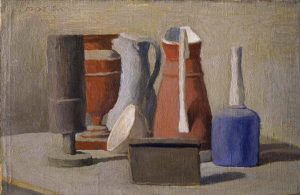
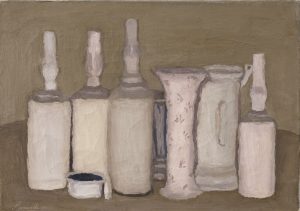
Through “Digital Combines,” the artist aims to demonstrate that the conventions of 20th-century art have shaped contemporary digital-art-making and that the promising utopia of digital art may only reinstate the ideals of the traditional art world. In addition to interrogating the belief that original works – particularly by the masters of modernism – hold more value than digital creations, Hart embraces the possibility for imitations to have authenticity, or a unique one-to-one nature, through the process of minting.
By that assessment, she also reveals the common gap in understanding the non-fungible nature of NFTs. Although the blockchain authenticates tokens via transactions recorded on the ledger, it currently fails to adequately track the full provenance of a minted work or item, especially if produced by hand or computer. The “Digital Combines” project illuminates the potential for true forgery to occur despite the transparency coded into the technology.
